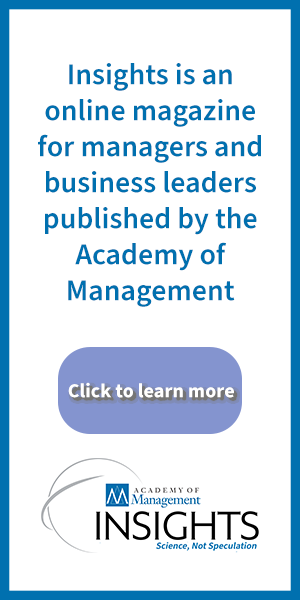Published on: July 8, 2025 at 3:56 pm
The role of social class in the workplace is not as discussed as it should be, as it plays a big role in who earns promotions and raises—and who decision-makers include and listen to in meetings. The consequence is that many deserving professionals from lower social classes get unfairly passed over, while those who do get their due in moving up the ladder often outshine their more privileged peers.
Academy of Management Scholar Sean Martin of the University of Virginia explained that social-class backgrounds shape us almost like different cultures. A person who has been upwardly mobile through different social-class positions and professional ranks is akin to being multicultural.
“People who have been upwardly mobile have been shaped in very different ways than people who might have always been in fairly privileged positions, in ways that make them have to learn new cultural norms and reach across cultural divides, as they’ve had to do as they move into new and higher social-class settings,” Martin said. “They come equipped with a skill set, including communication skills, and experiences that are very useful.
“My own research finds that people who come from lower social-class backgrounds who’ve been upwardly mobile are actually quite likely to speak up and offer a fresh perspective,” he said. “The real challenge is that bosses often don’t ask them for their input as often as they would ask it from people who come from more privileged backgrounds.”
People who come from a more elite background typically have many indicators of being from an upper social class, for example, having gone to prestigious schools, saying urbane things that are very culturally savvy in a particular accent that makes them sound smart, and an expensive mode of dressing that is taken for granted in that echelon. And all of those qualities make an impression on supervisors.
“Upper-class people may have that ‘it’ factor—they went to name-brand schools, have name-brand clothes, and say these things that sounds so smart, so bosses say, ‘I’m going to go to them for their input,’ as opposed to a person who might speak more plainly, making the same point but in a very different way, or might have gone to an extremely good school, but maybe not a brand that jumps off the page at you,” Martin said.
“There have been really interesting studies that showed there’s actually a class ceiling and a class pay gap, just like there’s a gender ceiling and a gender pay gap, such that people working the same position who are from a lower social-class background essentially get paid less than a person who’s doing the same job but comes from an upper-class background, so coming from a lower-class background is inhibiting in those ways as well,” he said.
“A lot of my research tries to flip the script and say, ‘Let’s focus on all those multicultural abilities and all the ways that people have been shaped on that upwardly mobile journey that are incredibly useful and valuable, especially pertaining to leadership.”












